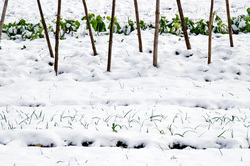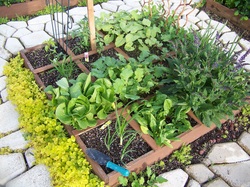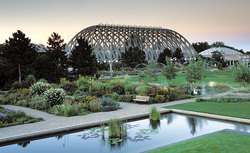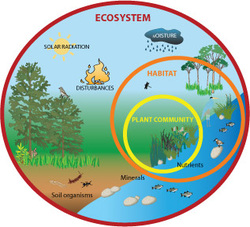
rake up leaves if you haven't already especially if you have a lawn. grass still needs sunlight so it can create sugars to store in its roots throughout the winter. allowing leaves and other debris on the lawn can smother it. consider turning into mulch or composting the leaves for later use in your garden.
any plants left in your garden need to be tended to accordingly. clear out any plants with black stems, plants with visible pests or fungi, foliage of annuals, fruits and vegetables to prevent the possibility of diseases, pests or other pathogens from disturbing future plants, trees or shrubs. while pruning and clearing out dead or unwanted debris is great, it can turn unhealthy if done excessively. make sure you do research on the plant, tree or shrub before doing your best impression of edward scissor hands.
check pH levels before applying any chemicals or treatments. it will help reveal any areas that need special attention so you can garden smarter not harder.
cover flower beds if you have done fall plantings to add extra protection through the extremely colder months.
a little planning goes a long way in almost all aspects of life and especially in gardening. if you take care of your garden before some serious snow hits denver, you will be one step closer to getting a jump on things for the coming spring.
happy winterizing...



 RSS Feed
RSS Feed
